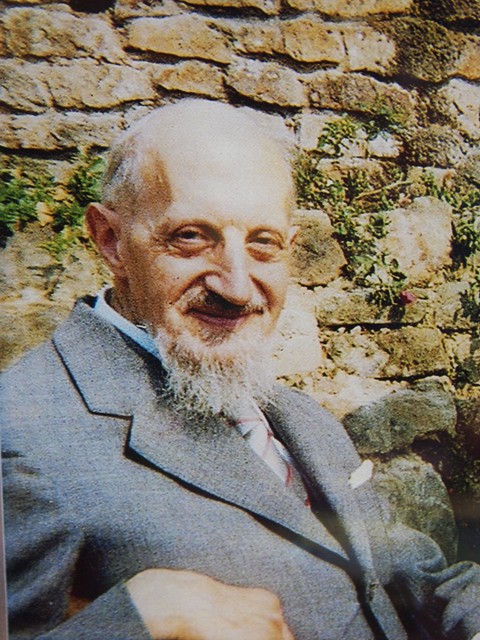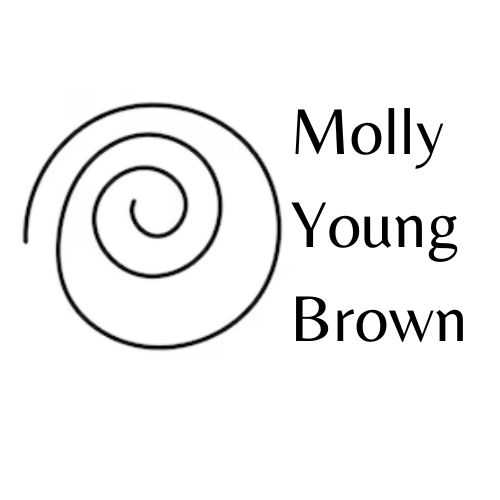What is... Psychosynthesis?
Psychosynthesis is a transpersonal psychology based on the work of Roberto Assagioli, M.D. (1888-1974) that seeks to integrate all the dimensions of human life: physical, emotional, mental, interpersonal, social, ecological, and spiritual.
History and Background
Psychosynthesis offers an approach to human development that is both profound and hopeful. While it acknowledges and works with the pain and suffering inherent in the human condition, it also suggests a path for empowering our human ability to create harmony, synthesis, and full expression of the Divine. These principles of Psychosynthesis can be applied to many areas of human endeavor including psychotherapy, education, consulting, business, and the creative arts.

The founder of psychosynthesis, Roberto Assagioli, was an Italian psychiatrist and a contemporary of Freud and Jung. He recognized that psychoanalytic theory lacked an understanding of the creative, healing, and spiritual aspects of the psyche.
Starting in 1910, Assagioli began the work of building a model that would explain the development of those aspects. He focused on how human beings move toward increasing wholeness, integrating or synthesizing all the parts of the personality to work harmoniously together, so each person can respond creatively to the psychological and spiritual demands of life.
He incorporated principles and practices from Buddhism, Yoga, and other Eastern philosophies, as well as from Western spiritual traditions, philosophy, and psychology. After his death in 1974, Assagioli’s many students all over the world continued the work of developing this theory.
The Psychosynthesis Approach
Psychosynthesis models are oriented toward health and potential rather than pathology. They point to the nature of “I” (or personal self), the will, the multi-dimensional unconscious, the personality structure, and our spiritual Source, or Self. They explicate the relationship of the various personality functions to one another and to “I”, and the relationship of “I” to Self—of individual to Universal.
Assagioli conceived of “I” or personal self as awareness and intentionality, or will. “I” makes the choices that determine life direction, style, and form. He saw “I” to be without qualities—pure awareness and will—and the manifestation of a Transpersonal Self, an energetic transcendent/immanent Source of all life. “Self-realization” refers to the expression of Self through the personality (with “I” acting as administrative agent).
Much of the time we are caught up in a survival trance, identified with our passing emotions, our beliefs and assumptions, our concepts and ideas about the way things are, and our bodily sensations and appearance. When we identify too strongly with one or another part of the personality, we may not be clearly aware of the rest of our reality, nor of the guidance of Self. Psychosynthesis guiding seeks to help us disidentify from limited patterns of feeling, thought, and behavior so we can move our awareness freely among them, and act from conscious choice, in alignment with Self.
Self is always present, whether or not we are feeling particularly “centered” or “whole,” even when we are caught up with a passing feeling or belief. We often associate the feeling of “being centered” with Self, but sometimes we awaken to Self in the midst of despair and disintegration. Spiritual psychosynthesis is the process of awakening to the presence and movement of Self in the whole of our lives, so that we live and act in greater harmony, bringing our gifts into action in the world.
"Portrait": Molly's history with psychosynthesis - a video interview
Molly describes her history with psychosynthesis, her understanding of the core concepts, and what she envisions for the future of psychosynthesis in a 2011 video interview “Portrait” produced by Vincent Dummer, with Judith Broadus interviewing. Click below to view the five part video:
Books on Psychosynthesis
Assagioli, Roberto. Psychosynthesis. Amherst MA: Synthesis Center Publishing, 2000. (First edition published 1965).
Assagioli, Roberto. The Act of Will. Amherst MA:Synthesis Center Publishing, 2010.
Assagioli, Roberto. Transpersonal Development: The Dimensions Beyond Psychosynthesis. Inner Way Productions 2008.
Brown, Molly Young. Growing Whole: Self-Realization for the Great Turning. Mt. Shasta, CA: Psychosynthesis Press, 2009.
Brown, Molly Young. Growing Whole: Exploring the Wilderness Within. (MP3 and Study Guide) Mt. Shasta, CA: Psychosynthesis Press, 2014.
Brown, Molly Young. Unfolding Self: The Practice of Psychosynthesis. New York: Skyhorse, 2004.
Ferrucci, Piero. What We May Be. Los Angeles: Tarcher, 1982.
Firman, John & Gila, Ann. A Psychology of Love: Psychosynthesis in Practice. Albany NY: SUNY, 2010
Firman, John & Gila, Ann. Psychosynthesis: A Psychology of the Spirit. Albany NY: SUNY, 2002.
Firman, John & Gila, Ann. The Primal Wound: A Transpersonal View of Trauma, Addiction, and Growth. Albany NY: SUNY, 1997.
Hardy, Jean. A Psychology with a Soul: Psychosynthesis in Evolutionary Context. London: Arkana, 1987.
Parfitt, Will. Psychosynthesis: The Elements and Beyond. Glastonbury UK: PS Avalon, 2006.
The Association for the Advancement of Psychosynthesis, North America, can be reached at:
www.aap-psychosynthesis.org





